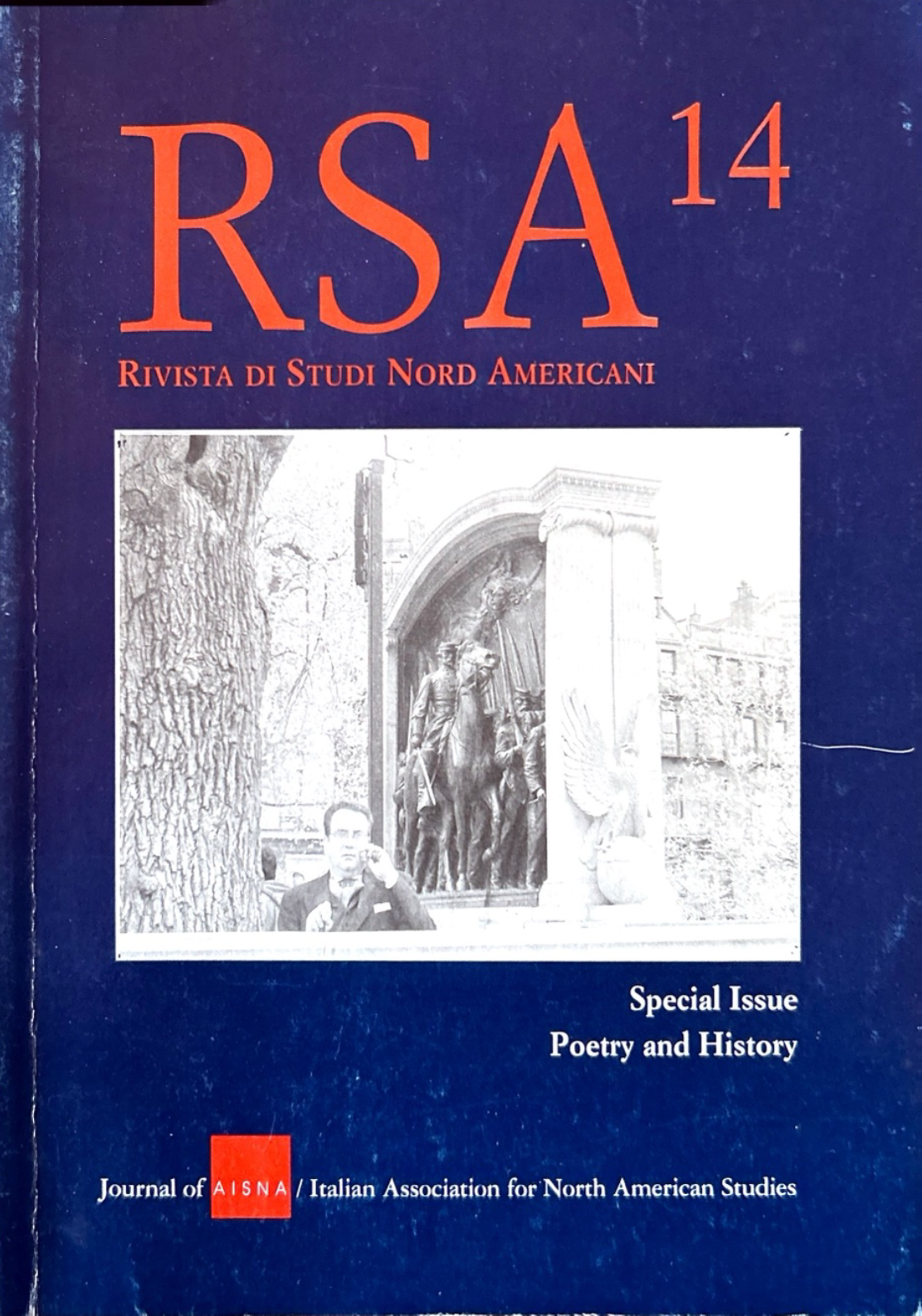“Gone-to-Kansas”
A Reading of Dickinson's L182
DOI:
https://doi.org/10.13135/1592-4467/8816Keywords:
manifest domesticity, poetry, antebellumAbstract
Written when the poet was 25, and as far as we know when she had composed only a handful of poems, this Emily Dickinson letter is analysed in order to demonstrate its intrinsic value as an outstanding instance of her early production and literary skill. The 1856 letter displays features, themes, concepts and wordings that are to reappear fully developed in her later work. This text describes the family's move from North Pleasant Street back to the larger mansion on Main Street, where they had originally lived until the poet was thirteen years old. The move, ambitiously pursued by her father, Squire Dickinson, is hyperbolically described as a major enterprise and practically compared to the relocation of emigrants to the strife-torn Kansas territory. Its imaginative critique of America's expansionist aims and the misguided optimism of Antebellum America provides an example of the way Dickinson subtly engaged in the feminist discourse defined by Amy Kaplan as "Manifest Domesticity."
Downloads
Published
Issue
Section
License
RSAJournal will apply a CC BY 4.0 license to all its contributions starting with issue 37 (2026). Previous issues are licensed under a CC BY-NC-ND licence.





